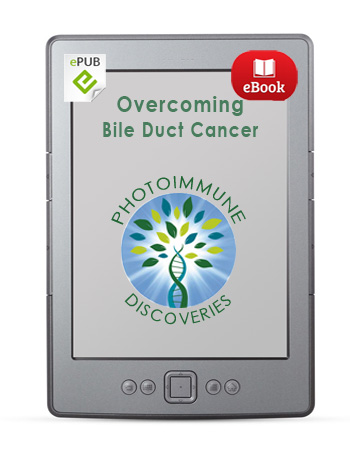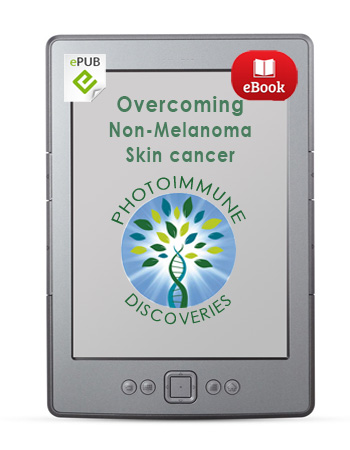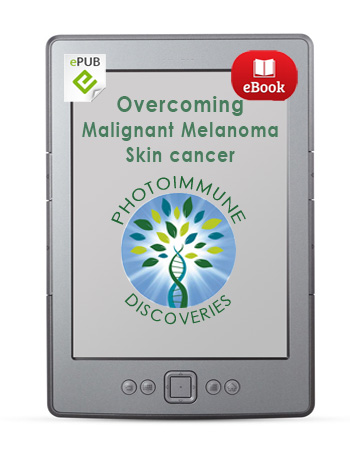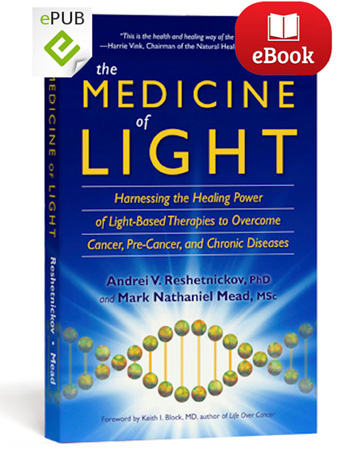Description
Overcoming Colorectal Cancer
The Promise of Photodynamic Therapy and Other Innovative Therapies
Colorectal cancer refers to tumors found in the colon and rectum. As the leading cause of cancer death worldwide, colorectal cancer is more often diagnosed in highly industrialized countries, where it ranks second in terms of incidence and mortality. Based on recent statistics, colorectal cancer is the third most commonly diagnosed cancer in men and the second most common in women.
Overcoming Colorectal Cancer: The Promise of Photodynamic Therapy and Other Innovative Therapies highlights a new approach to the treatment of colorectal tumors, one rooted in the astounding cancer-fighting potential of Photomedicine (light-based medicine). Though the therapeutic applications of light date back many centuries, it is only within the past few decades that high-tech developments in laser technology as well as non-laser light have enabled the medical profession to realize the true healing potential of light.
Overcoming Colorectal Cancer is divided into four parts: (1) Understanding and Treating Colorectal Cancer; (2) The Photomedical Approach to Colorectal Cancer; (3) Promising Research Directions; and (4) Long-Term Control: Lifestyle Factors for Preventing Recurrences and Sustaining Remissions.
Part 1 provides an overview of colorectal cancer, with a strong discussion of the various risks factors that increase one’s chances of developing the disease. The importance of screening for colon polyps is emphasized, as is the role of family history and inflammatory bowel diseases such as Crohn’s disease and ulcerative colitis. Lifestyle factors such as diet, alcohol, smoking and physical activity are all known to have a major impact on the risk of developing colorectal cancer.
Substantial attention is given in Part 1 to diagnosis and treatment of colorectal cancer. Mainstream treatments for this cancer include surgery, radiotherapy, and chemotherapy. A discussion of the pros and cons of these treatments logically leads up to the discussion of Photomedicine in Part 2. Here the reader is introduced to the exciting possibilities offered by photodynamic therapy, or PDT. In the past decade, this approach has received much attention as a promising treatment for colorectal cancer, though the lion’s share of research is preclinical (laboratory-based) rather than clinical.
Here’s an excerpt from Part 2 of the ebook:
“Photodynamic therapy, or PDT, has received increasing attention as a possible treatment modality for cancers of the colon, rectum, and anus…. Given the hollow structure of the colon, and the easy access to the anus and rectum, it would seem logical to assume that PDT could be a useful treatment for colorectal cancer. And indeed, at this writing, numerous studies have explored the use of PDT as a way to remove colon polyps, as well as to reduce bulky colon and rectal cancers.
“Most of the reports on PDT and photoimmunotherapy (PIT) to date have come from experimental studies taking place in laboratory experiments in which the photodynamic methods either (1) killed colon cancer cells in the test tube or (2) blocked the growth of colon tumors in animals. One laboratory study found that PIT was able to destroy liver metastases (spreading from the colon) in mouse models for colorectal cancer.[1] And even relatively inexpensive light sources such as light-emitting diodes (LEDs) have been shown to be effective in PDT for colorectal cancer.[2]
“Surprisingly, there have been very few clinical studies of PDT for colorectal tumors and polyps. This may be due to the assumption that surgery will produce good outcomes with early-stage bowel cancer (and of course polyps), and that laser therapy and stents alone can be effective. Laser therapy, using a laser to kill cancer cells, is regarded as a specialized surgical treatment that may be able to destroy bowel cancer that has spread to the liver (liver secondaries).
“Nevertheless, PDT may offer some distinct advantages over both surgery and conventional laser therapy. Unlike laser treatment, healing from PDT occurs with less scarring, and because collagen is preserved during PDT, there is no reduction in the mechanical strength of the colon. According to early studies done in the 1980s and 1990s, PDT produced favorable response rates and good symptomatic relief and recovery in colorectal cancer patients. One scientific review concluded that approximately 35% of rectal cancer patients showed a complete response, 44% a partial response, and 21% no response to PDT…
“PDT in the colon and rectum may work best for the treatment of adenomas and small tumors. This is because various complications—notably bleeding and strictures—may tend to occur after the photodynamic treatment of large tumors. In this regard, PDT has been used to treat adenomatous polyps thought to be unsuitable for surgery. In a small pilot study, one out of six patients with colonic polyps showed a complete response to treatment, and no complications were reported.
“PDT performed during surgery could also be an effective strategy for treating colorectal cancer, even in the case of advanced disease or recurrent tumors. An early study involved 11 patients undergoing laparotomy for recurrent colorectal cancer (adenocarcinoma) in the pelvic area. Six patient s with inoperable disease underwent PDT alone, and the other five underwent PDT after partial surgery (tumor debulking). Though there was no obvious improvement in survival, five patients did experience marked pain relief and tumor shrinkage based on CT scans. The pain relief has been confirmed in other studies of recurrent colorectal cancer in patients who underwent debulking surgery….
“So where do we stand with the use of PDT for bowel cancer? As alluded to earlier, today’s oncologists consider surgery to be the treatment of choice for colorectal cancer. Again, so-called radical bowel resection (cutting out a major portion of the colon or large intestine) is used to treat 80%–90% of colorectal cancer patients. If the cancer has spread, the lymph nodes will also be removed in a procedure known as lymphadenectomy.
“One’s ability to recover from radical bowel resection will depend on factors such as age, overall health, the extent of the surgery itself, and how much tissue needs to be removed. The operation often results in considerable fatigue, weakness, pain, and loss of appetite. Substantial dietary changes may be needed until the bowel has had time to heal. Possible complications from the surgery—aside from a possible allergic reaction to the anesthesia—could include formation of an intestinal blockage, blood clots, bleeding, wound infection, and leakage at the site where the colon was reconnected. None of these complications are an issue with PDT.
“For these and other reasons, PDT could be viewed as a solid treatment option for colorectal cancer patients who are either ineligible or not suited for radical bowel resection. This could include many older patients who are too weak to withstand such a major operation, perhaps due to having undergone too many previous procedures or because of being in poor overall health to begin with. Because PDT leaves the colon intact and functioning well within a very short time, the procedure can result in a much better quality of life.”
Part 3 of Overcoming Colorectal Cancer delves into promising future research directions for combining PDT with molecular targeting strategies, anti-angiogenic therapy, immunotherapy, hyperthermia and other innovative therapies, while Part 4 lays out the long-term control strategies that may help keep colorectal cancer from developing and progressing into a life-threatening disease.
Lastly, photodynamic diagnosis (photodiagnosis) may play a central role in the future detection and control of colorectal cancer. By detecting small colorectal tumors, photodiagnosis provides vital information for anyone hoping to avoid the eventual development of a more aggressive cancer. This information can be used to help alert you, the patient, to the need to be more aggressively proactive in your efforts to ward off cancer, perhaps using a combination of nutritional, herbal, and innovative medical strategies.
The ebook’s appendix includes a special discussion about two light-sensitizing substances, a dietary supplement called Bremachlorophyll, and a unique medicine called Bremachlorin. Because of its diverse effects against cancer, Bremachlorin-PDT is likely to revolutionize the way Photomedicine is incorporated into modern cancer treatment.
[1] Del Governatore M, Hamblin MR, Shea CR, Rizvi I, Molpus KG, Tanabe KK, Hasan T Experimental photoimmunotherapy of hepatic metastases of colorectal cancer with a 17.1A chlorin(e6) immunoconjugate. Cancer Res. 2000 Aug 1;60(15):4200-5
[2] Hatakeyama T1, Murayama Y, Komatsu S, Shiozaki A, Kuriu Y, Ikoma H, Nakanishi M, Ichikawa D, Fujiwara H, Okamoto K, Ochiai T, Kokuba Y, Inoue K, Nakajima M, Otsuji E. Efficacy of 5-aminolevulinic acid-mediated photodynamic therapy using light-emitting diodes in human colon cancer cells. Oncol Rep. 2013 Mar;29(3):911-6






 English
English Français
Français Deutsch
Deutsch Nederlands
Nederlands